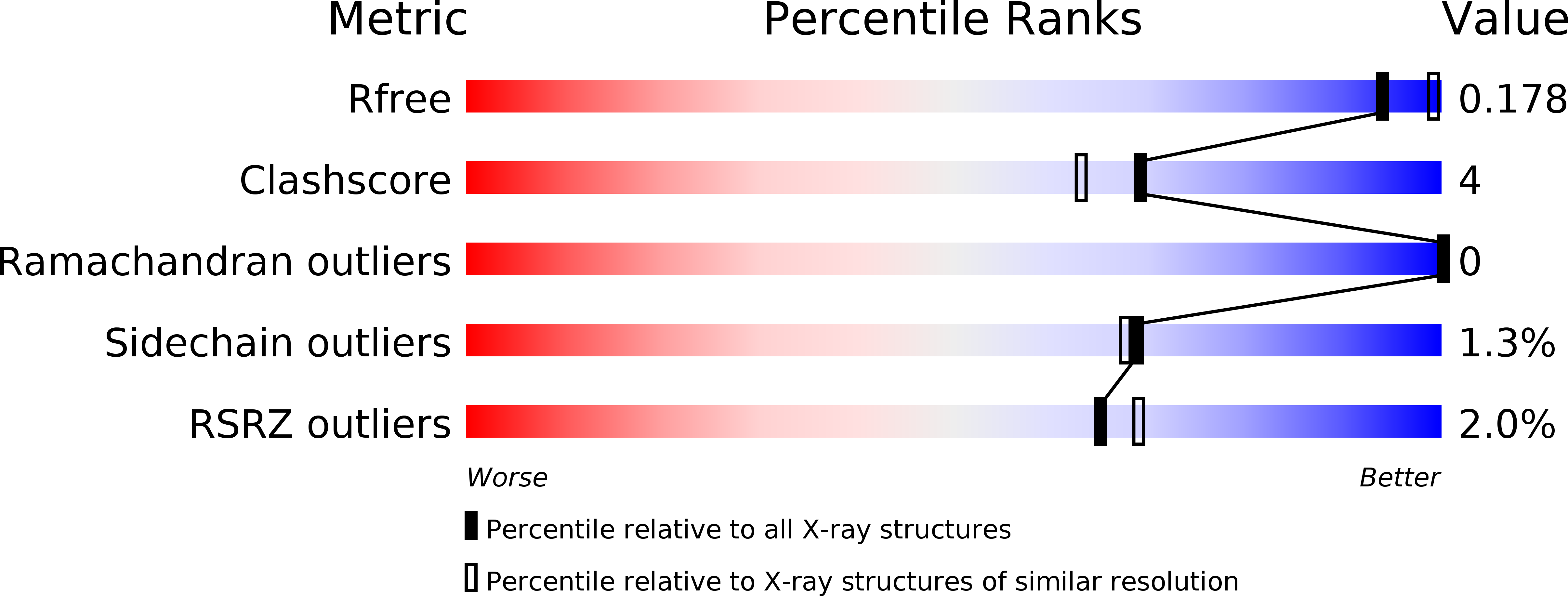
Deposition Date
2016-01-29
Release Date
2017-02-22
Last Version Date
2024-01-10
Entry Detail
PDB ID:
5FUQ
Keywords:
Title:
CRYSTAL STRUCTURE OF THE H80R VARIANT OF NQO1 BOUND TO DICOUMAROL
Biological Source:
Source Organism:
HOMO SAPIENS (Taxon ID: 9606)
Host Organism:
Method Details:
Experimental Method:
Resolution:
2.04 Å
R-Value Free:
0.17
R-Value Work:
0.15
R-Value Observed:
0.15
Space Group:
P 41 21 2


